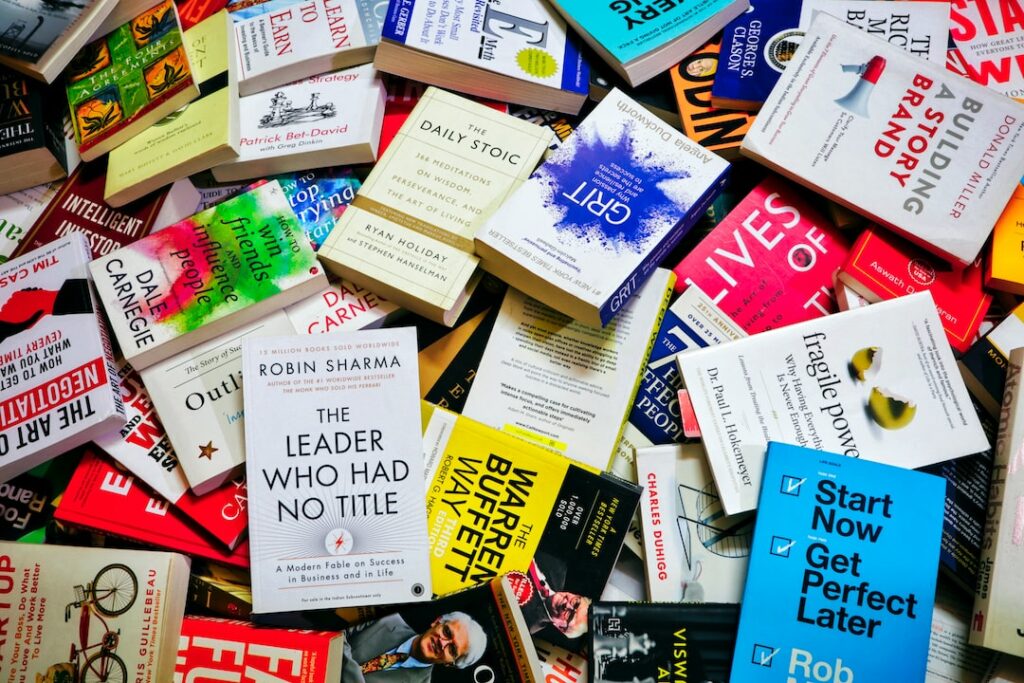Color is a potent tool in book cover design. The right color palette can capture attention, convey your book’s mood, and even sway potential readers. Let’s explore the powerful role of colors in creating captivating book covers.
Color Psychology in Book Cover Design
Colors can evoke emotions and create associations. For instance, red can signify passion or danger, blue can suggest tranquility or sadness, and yellow can imply happiness or caution. By understanding color psychology, you can choose colors that resonate with your book’s theme and mood.
Genre-Specific Color Considerations
Color choices often align with genre expectations. Thrillers might opt for dark, ominous colors, while romance novels usually feature warm, soft hues. Aligning your cover’s color palette with genre norms can help signal to potential readers what kind of story they can expect. For nonfiction, yellow is good for self-help and positivity; navy is good for business and authority; black for psychology or philosophy; orange for creativity and startups; and white for simple how-to’s or spirituality.
Creating a Color Palette
Choosing the right color palette for your book cover is crucial. You’ll want a dominant color that aligns with your book’s mood, accompanied by secondary colors that complement it. Tools like Coolors or Adobe Color can help you generate appealing color combinations. Fiction covers will usually have one main color and then a pop of a contrasting color so the object stands out. If the cover has people, then the background might be purple or blue for contrast. Many urban fantasy covers have a gradient of two main colors of the artwork.
Practical Tips for Using Colors
Ensure your title and author name are readable by using contrasting colors for the text and background. Balance bright or bold colors with neutral hues or white space to avoid overwhelming the viewer. Remember, the goal is to create a visually pleasing cover that intrigues potential readers.
Color Trends to Consider
Stay aware of color trends in the publishing industry. While it’s essential to stay true to your book’s content and your personal aesthetic, trending colors can make your book look fresh and appealing.
The power of colors in book cover design cannot be underestimated. By understanding color psychology, considering genre norms, creating an effective color palette, and staying aware of color trends, you can design a book cover that truly captivates.
Stay tuned for more insights on writing, publishing, and book design. Until then, happy designing!

